Middle-Class Americans Being Forced to Move Away From Cities That Are More Sheltered From Climate Change, But Are Too Expensive
It is common knowledge that the cost of living, and specifically, the cost of housing, is increasing across the United States, making it more and more challenging for even middle-class families to live comfortably.
But what many people don’t realize is that the higher cost of living is leading many Americans to move to more rural areas or those which are less expensive, without realizing that their new home is wildly susceptible to extreme weather due to climate change.
Why Are Americans Moving to At-Risk Areas?
Cities such as New York and San Francisco have become extremely expensive, as have the suburban areas which surround them. And because of the pandemic, many Americans can now work completely remotely from their homes, so it doesn’t matter as much where that home is.
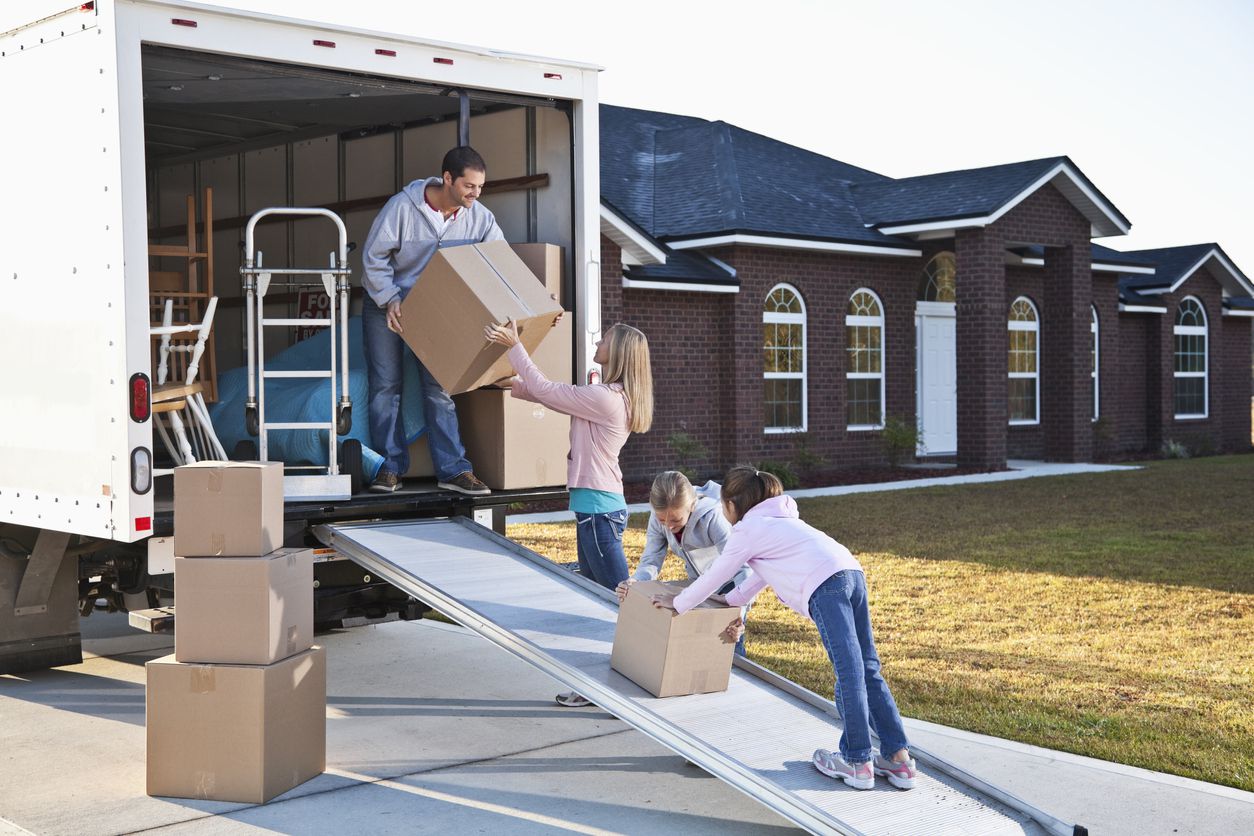
Source: NeighborBlog
Therefore, middle-class families and young professionals have started moving to more rural areas in order to live a more comfortable life. However, studies have now shown that these rural areas are experiencing more extreme weather due to climate change than metropolitan cities.
Isn’t Climate Change Everywhere?
While climate change is certainly affecting the planet and the country as a whole, problems such as wildfires, drought, and floods caused by climate change are occurring at a much higher rate in less populated areas.
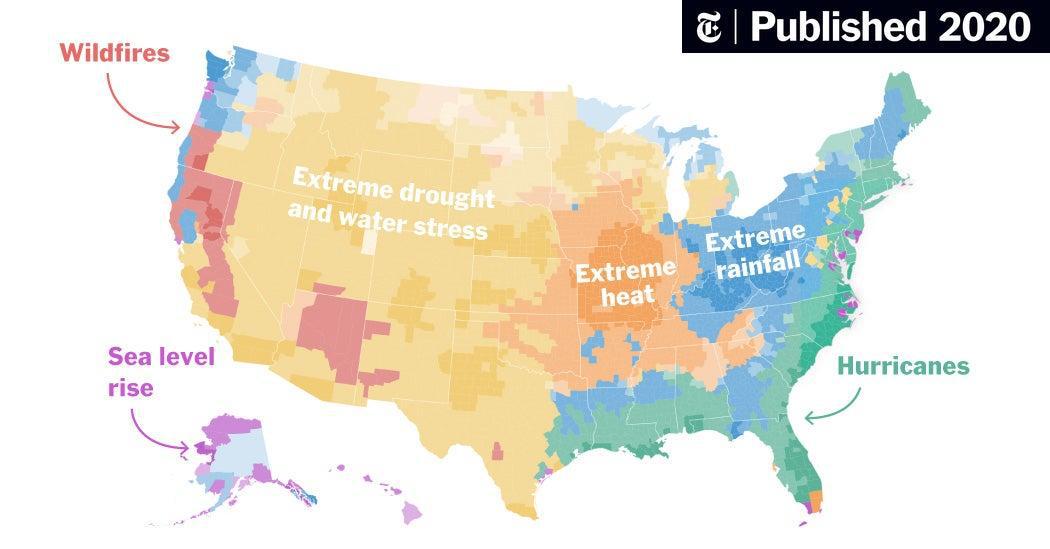
Source: Four Twenty Seven
This phenomenon is due in part to the location of the rural communities, but it’s also because large cities have better infrastructure and resources to protect their residents.
Extreme Weather Due to Climate Change
As mentioned, some of the extreme weather Americans are experiencing due to climate change includes floods, droughts, and wildfires, but it’s not just natural disasters that pose a threat.
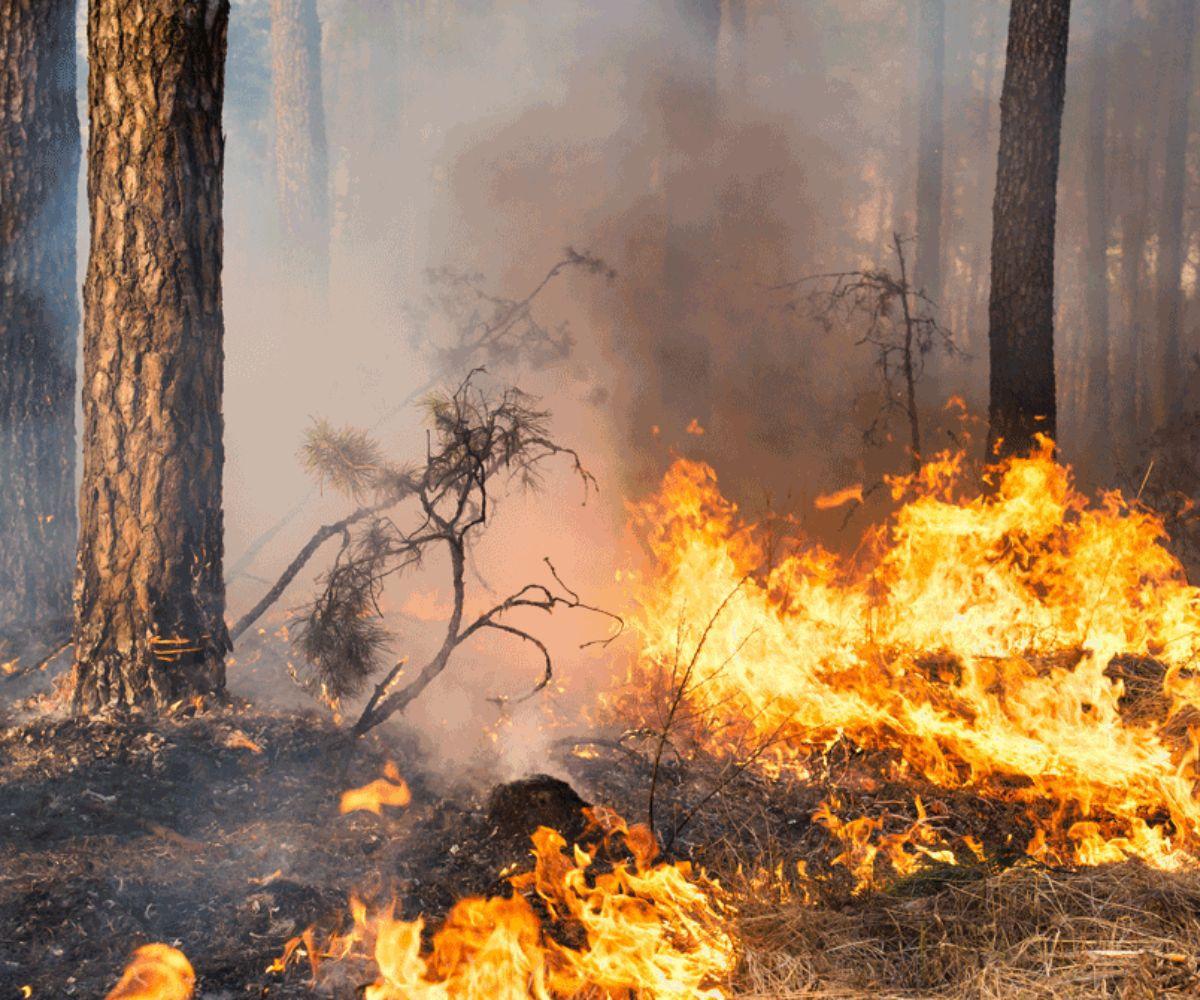
Source: UC Irvine
Many people are living with extreme heat, which can be dangerous and even fatal, as well as a lack of drinking water. States such as Florida are literally running out of water due to the mass migration to the state in recent years.
The Rich Aren’t Affected
One of the findings in a recent study shows that less affluent communities are being the most affected by weather due to climate change; the wealthy aren’t really being affected at all.
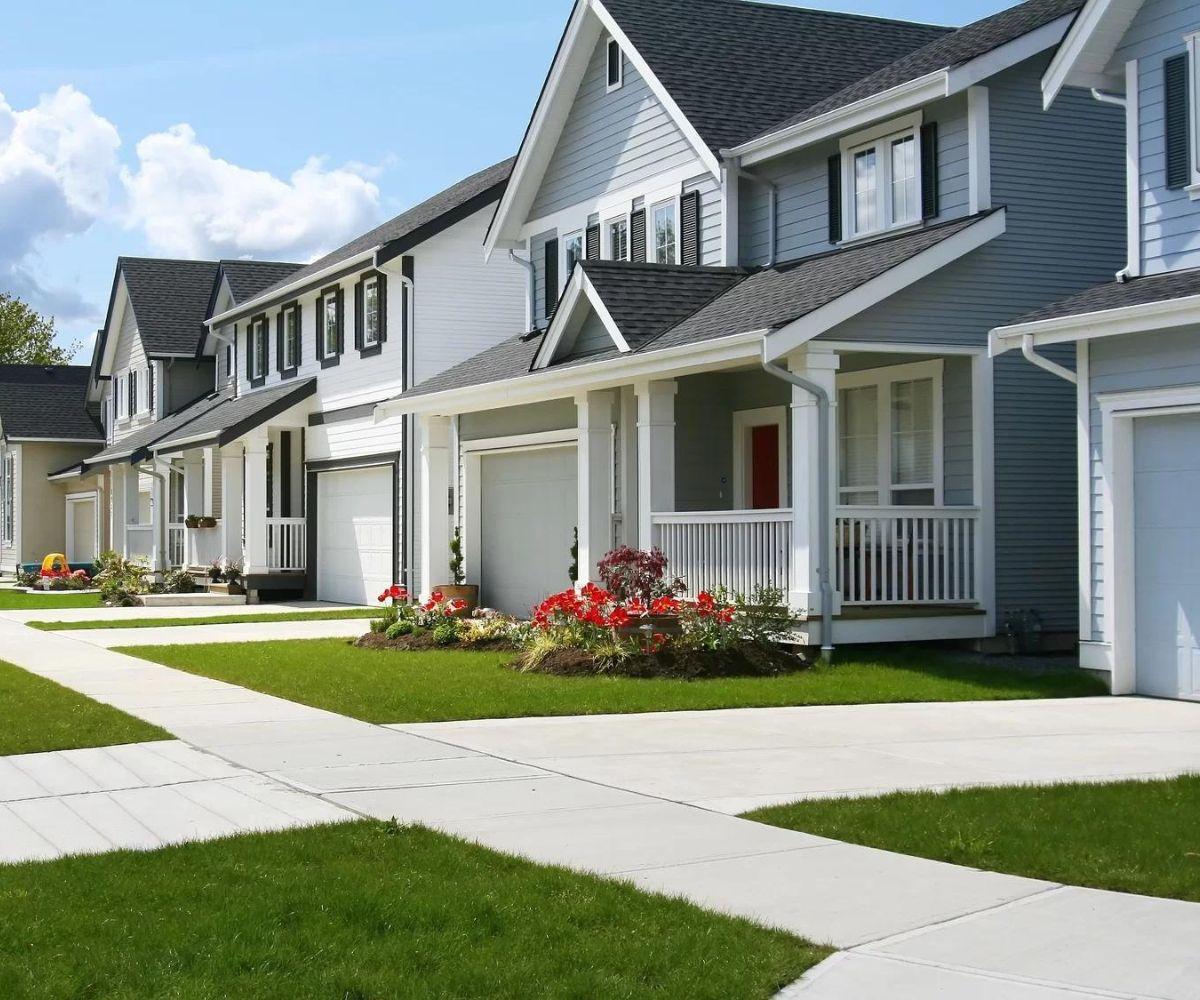
Source: Midwest Moving & Storage
And there are several reasons why this happens: the wealthy can afford private firefighters, have retrofitted homes for heat, fire, and floods, and have the capacity to flee from an area when problems arise.
How Can We Combat This Issue?
Realistically, Americans with less financial independence are at the mercy of the housing market. People will continuously choose the more affordable location and home in order to provide the best possible life for themselves and their families.
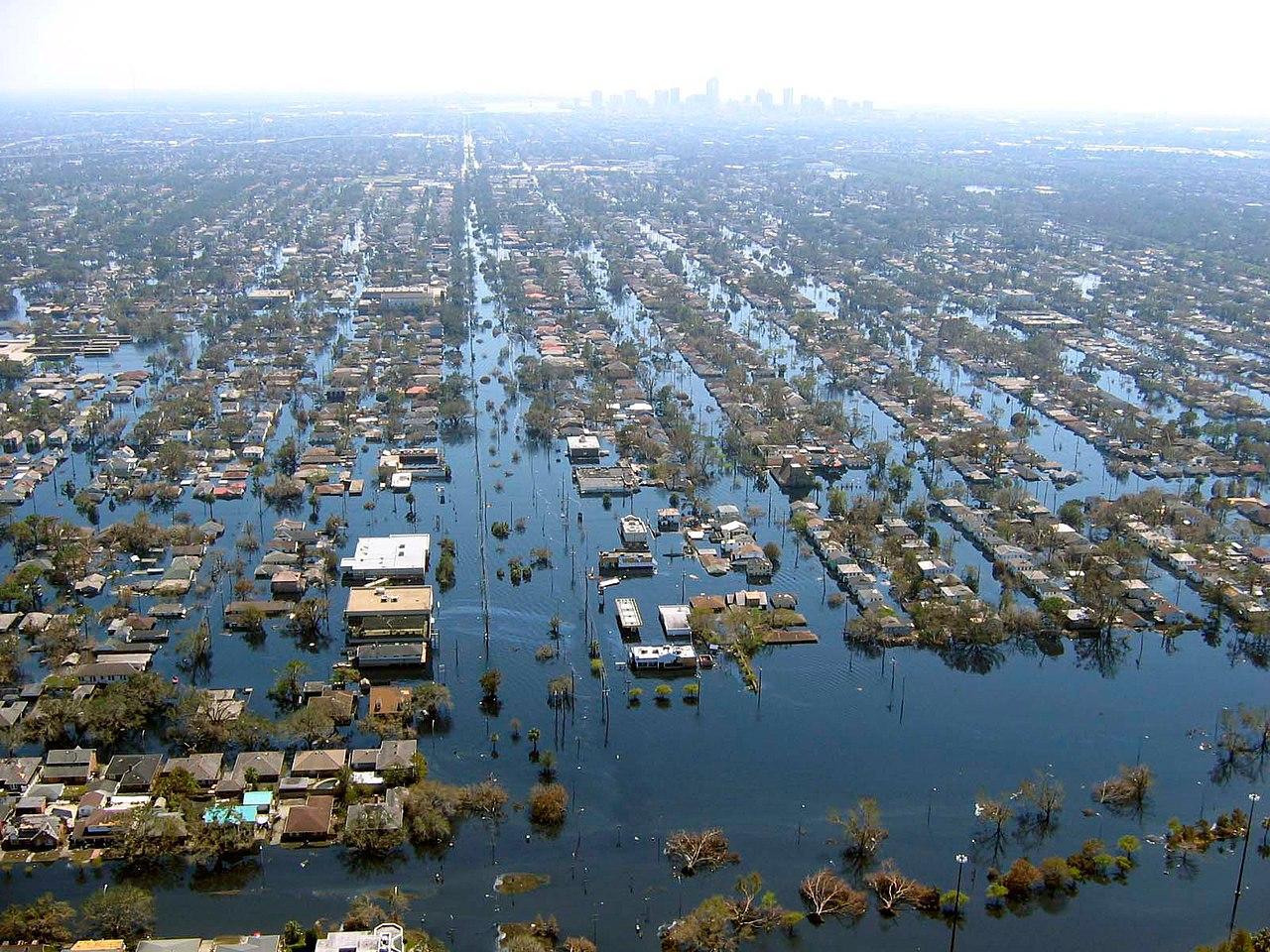
Source: Wikipedia
That means that in order to keep our citizens, no matter their economic background, safe, the government will need to do its part to help.
What Can the Government Do?
Researchers state that Congress and the Federal Housing Finance Agency need to get involved by working with mortgage lenders and property insurers to ensure climate risk is factored into their asking prices and rates.
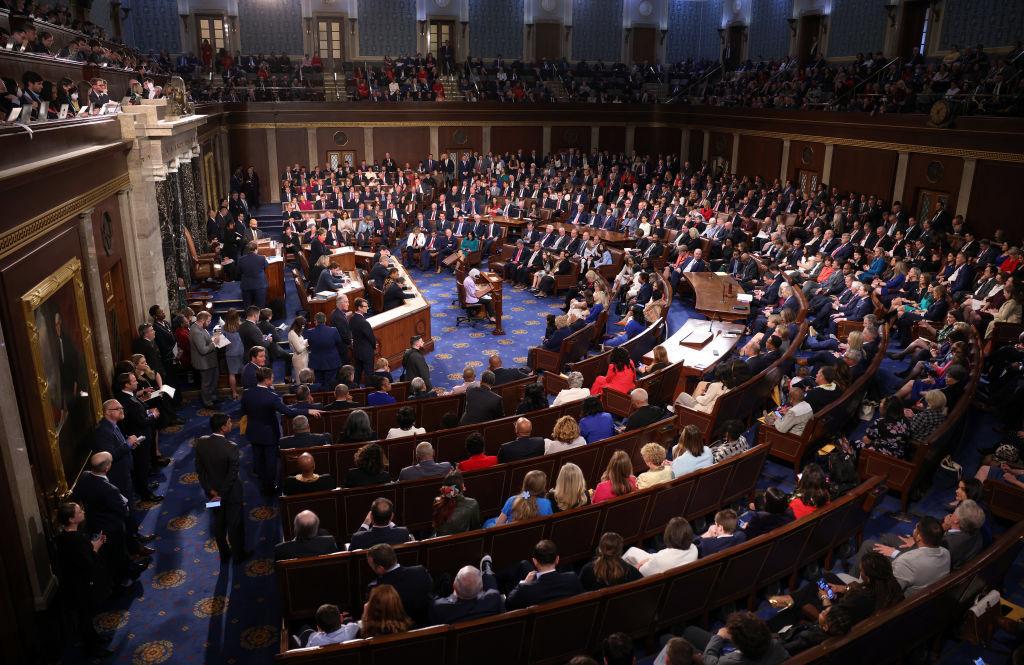
Source: Win McNamee/Getty Images
They also say that information regarding the weather risks of every home should be disclosed to potential homeowners so that they understand the dangers of the location.
Making Risky Homes More Expensive is Another Option
In addition to ensuring all relevant information is shared with homeowners before they buy, some are also recommending that the government impose higher taxes on high-risk properties.
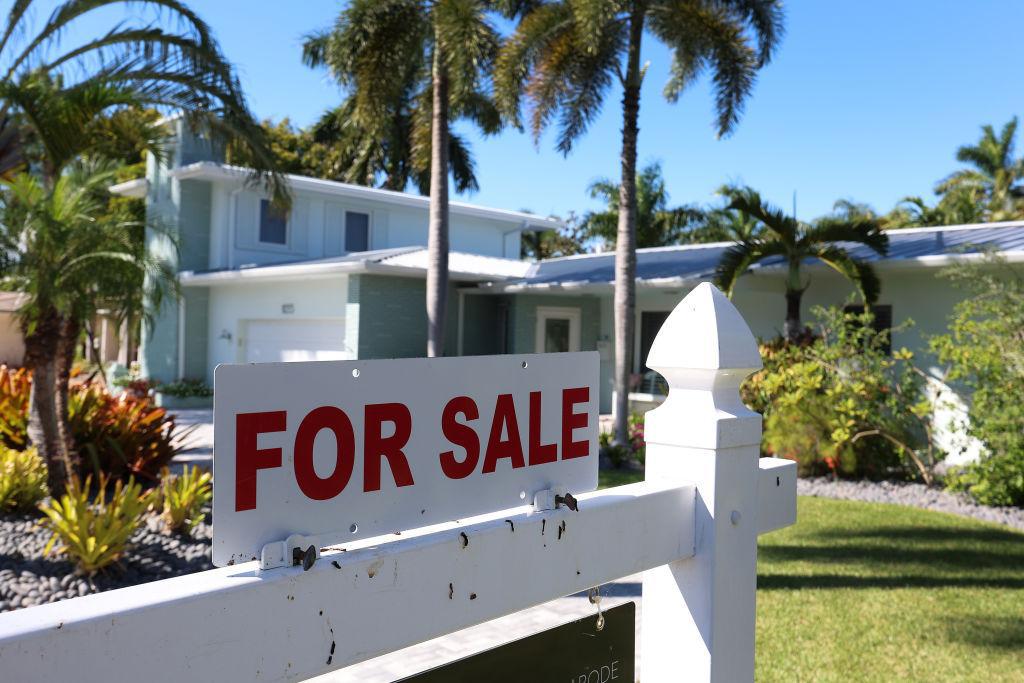
Source: Joe Raedle/Getty Images
Jenny Schuetz and Julia Gill of Brookings explained, “Higher fees in risky areas serve two purposes: they encourage price-sensitive households to choose safer locations, and they also provide local governments with more revenue to upgrade the climate resilience of infrastructure.”
Improving the Lives of the American Middle Class
Climate change researchers are asking policymakers for a lot, but it’s important that, as a country, we pay more attention to where we’re investing in our infrastructure.

Source: Investopedia
From roads to schools, water, sewage, retrofitted homes, and various other necessities, it’s crucial that there are sufficient systems in place in climate-impacted areas to keep our citizens safe.
Climate Change Isn’t Going Anywhere
The truth is that climate change isn’t going anywhere. In fact, the extreme weather patterns are likely going to get worse before they get better.
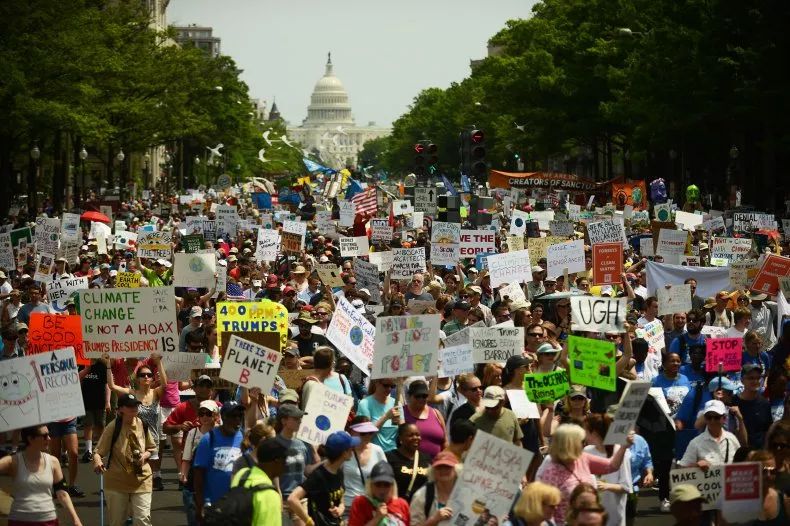
Source: Astrid Riecken/Getty Images
Whether or not the American government will respond to the recommendations posed by climate-impact researchers, and how it will handle the upcoming years and migrations of its citizens is yet to be seen. Though there’s no doubt that change is coming one way or another.
